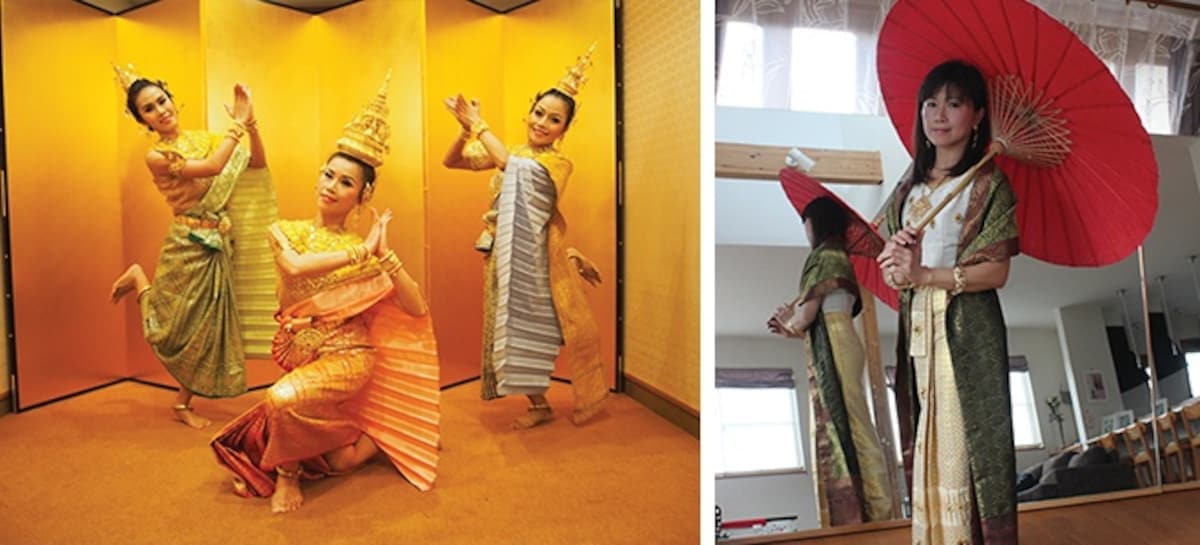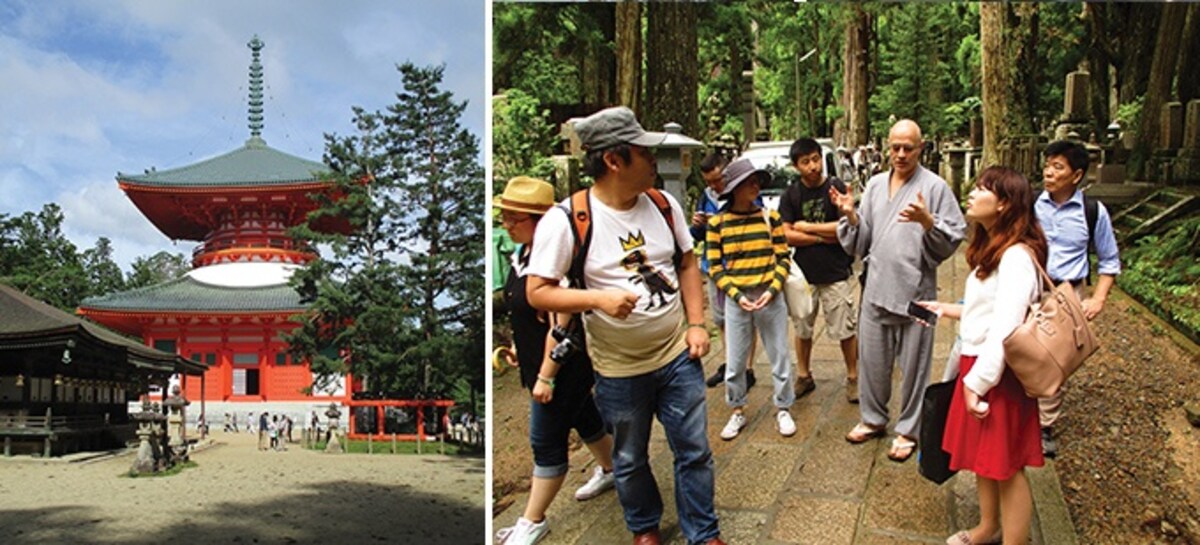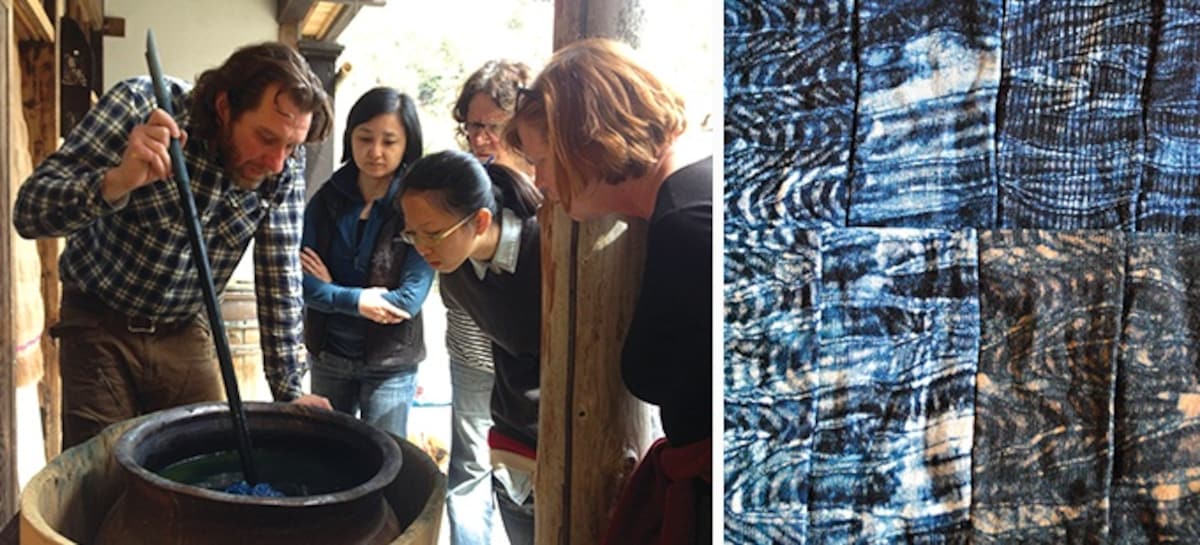6 Foreigners Making Waves in the Countryside
Where do you picture yourself in 10 years' time? Most of the subjects of this story didn't see themselves where they are now—but all of them found something incredible in the Japanese countryside, leading each to develop a unique and indelible bond to the local community as they create remarkable, meaningful works they may never have imagined.
By Highlighting Japan4. Wannasirin Iida (Saitama)
Situated on the corner of a residential street in Saitama Prefecture, Wannasirin Iida’s home seems unremarkable from the outside. Inside, however, a staircase guides visitors to a large room on the second floor with a hardwood floor and large paneled mirrors along one wall. Three days a week this humble home studio transforms into a small oasis of international exchange when Wannasirin teaches traditional Thai dance to her mostly Japanese clientele.
Like most Thai children, Wannasirin started learning in elementary school the intricate hand and finger poses—what she terms “finger technique”—and other forms of choreography that are distinctive features of Thai dance. Wannasirin says she first found inspiration to become a dance instructor from watching her mother and aunt give lessons, and eventually enrolled in a dance school in Chiang Mai after elementary school.
5. Kurt Kubli Genso (Wakayama)
Koyasan is nestled amidst the peaks of eight mountains in Wakayama Prefecture. Kukai, the monk who founded the Shingon school of Buddhism, established the religious town in 816 AD, making 2015 a special year that commemorates the 1200-year anniversary of Koyasan’s founding.
Shingon monks wearing colorful robes and traditional wooden sandals stride purposefully around the grounds of the Danjogaran, Kongobuji temple—which serves as the Shingon School’s headquarters—as well as on the forested path to the Okunoin, where Kukai now rests. One monk, with a distinctly Caucasian face, can be seen around town chatting with locals and Japanese and foreign tourists alike in German, French, English and Italian as well as Japanese. This polyglot is Kurt Kubli Genso, a Swiss native who came to Koyasan eighteen years ago and became a Buddhist priest.
6. Bryan Whitehead (Fujino, West Tokyo)
Canadian Bryan Whitehead has been farming, processing and working with purple-blue indogo dye, or aizome, for twenty-one years.
Based in a mountain village on the edge of the small town of Fujino on the west side of Tokyo, Bryan first began to explore the ancient dyeing technique in 1994. Now he farms a hundred-tsubo (roughly 330-square-meter) field of Polygonum tinctorium, one of the plants from which the pigment for making indigo can be extracted. A good summer yields three harvests of leaves, which Bryan ferments over the fall and winter months. He uses the resulting composted indigo paste to dye textiles and self-reeled and spun silk thread. He’s also been raising silkworms and processing silk as well as weaving textiles from the silk he produces for nineteen years.
It’s a far cry from a career in advertising, which is what Bryan imagined himself doing after finishing school.







